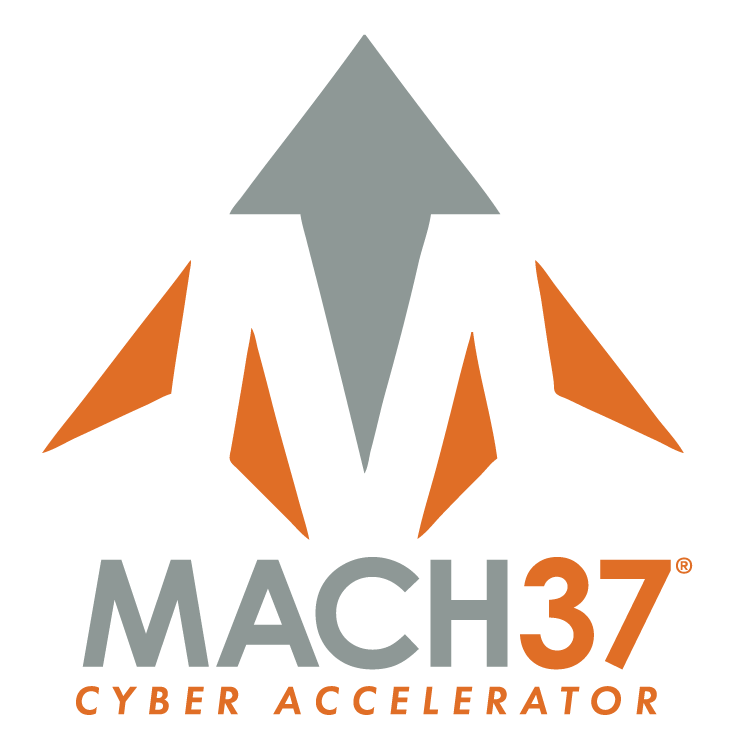Caution: Satire AheadThere is a dangerous threat to our economy and way of life springing up in seemingly every industry. Almost half the Fortune 500 were booted from the list between 1999 and 2009. Some prognosticators say this threat could result in even more than half of the Fortune 500 going away over the next decade, with a conservative economic impact of more than $2 trillion to our current productive capacity. What is this threat? Disruptive Innovation and the provocateurs inflicting it upon us, the Disruptive Innovators, or Dis-sInners as I like to call them.Fortunately we are not helpless in the face of this scourge; we can fight back. The reason is that these Dis-sInners proceed, no matter the industry, in a very well-known set of steps before they can succeed. If we can disrupt their insidious designs at any step along the way, they will fail, and this is what I call "The Innovation Kill Chain."The seven steps of a typical Dis-sInner attack are as follows:
- First, they will conduct surveillance, to understand their target, evaluate competitive strengths and weaknesses, and position for the eventual attack. While this stage is hard to detect, we can take comfort that our highly efficient current business structure is very difficult to disrupt.
- At stage 2 the Dis-sInner will typically expose themselves by creating a legal paper trail (articles of incorporation and similar) that reveal both their true identity and business intent. Paranoid companies could develop a standing research capability to discover and track these perpetrators, but it is hardly worth the effort since they will never amount to a true threat to our overwhelming market share.
- The third step in the Innovation Kill Chain involves the Dis-sInners planning to undermine the value of your core Intellectual Property. Here the well-prepared defender can become more proactive by filing extensive patent coverage that will allow for future lawsuits should the Up-Startup ever amount to anything. Remember, you have deep pockets and they don't, so it does not matter whether there is actual economic value in your IP portfolio; all that matters is the ability to create expensive legal proceedings at critical times.
- Inevitably, some Dis-sInners actually start building prototype products and begin looking for "beta customers". By all means, this is your opportunity to appear forward leaning while still containing the threat. The most successful defenders step forward at every request...but then stretch out the process through the various tricks of bureaucracy we all know so well. Should a Dis-sInner persist, extensive product feedback involving meaningless features and tangential use cases is often an effective counter-measure.
- Only a few of the most Advanced Persistent Threats will make it to the point of seeking funding, but for these we recommend the essential Enterprise FiresaleWall. Your Corporate Venture Fund can be a key player in this process. Remember, that these early-stage APTs have not yet taken over key parts of your market, and a well-timed lowball offer can often shortcut their efforts at Escalation of Visibility.
- It is inevitable that your market position will eventually be breached. There are only two types of market leaders, those that know they have been disrupted and those that don't yet know it. This is where a top notch Chief Innovation Prevention Officer (CIPO) earns their keep. “Off the street and on the shelf” are truly words to live by. Early warning can give you plenty of time to squeeze every last penny out of those previously lucrative markets. And your best customers will surely want to stay with a market leader, even in the face of punitive long term contracts.
- Once a breach has occurred it is time for forensics and damage control. Here, behavioral indicators can be useful in ferreting out the Inside Your Market Threat. Do not succumb to the temptation to point fingers and re-organize; instead watch the Up-Startup and match their every move. One very effective defense, particularly in the Government space, is to partner with the enemy! As a prime contractor, you will have locked up the Dis-sInner market potential and control their destiny through the amount of business you let trickle-down their way.
Knowing your adversary, and the common steps they take in seeking to disrupt your business is the most effective way to stay prepared and stay ahead of this insidious threat.


